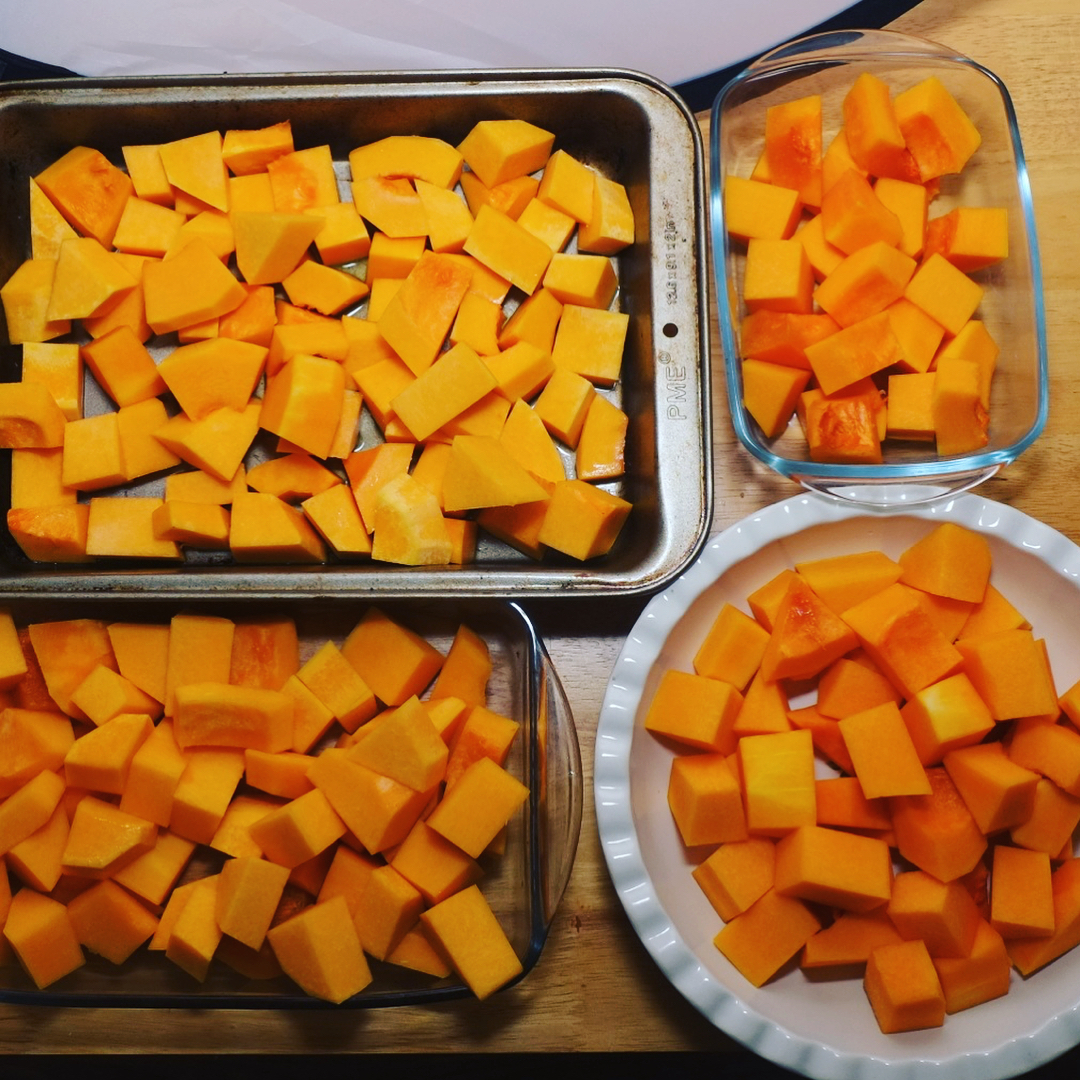The proper use of leftovers is essential to keeping a thrifty kitchen. Just about all food can be stored and used at a later date. Some foods store better than others and there is always a trick to getting the best out of your leftovers. From the initial cooking to the reheating here are a few of my top tips for the best leftovers for breakfast lunch and dinner. some of the below may seem like the obvious but it never hurts to have a little reminder.
- For the most pleasurable cooking storage is key. If you're the sort of person who has 2 half bags of sugar and loses bits of pasta and lentils at the back of all your cupboards invests in some storage containers like these. You'll be able to see exactly what you have and what you need to buy, so no last-minute disappointment when you're really in the mood but that final ingredient is missing.
- Think portions. Whatever your making think about what you're going to use it for next time. Is it going to be for lunch? Is it going to be for one person? Is it going to be turned into another dish? Think about these things while you're cooking if you're aiming to have leftovers and while you're portioning up your meals to avoid having 1 and a half servings leftover. Think about whether it would be easier for reheating to making two smaller dishes.
- Preparation and cooking are key. For batch cooked bread and baked goods experiment with soring at different points in the process. Pies are often best if they are frozen before the pastry is baked and bread is sometimes fresher if frozen directly after proofing and baked after coming to room temperature.
- Always label. If you don’t know what something is then it will stay in the freezer until the guilt has passed and you feel okay to put it in the bin again. I have found the best way to label jars and Tupperware is with painters tape, Frog Tape works best in my experience, and a sharpie. Conventional sticky labels are often less adhesive at low temperatures but I have never had painters tape fail.
- Try to store things as you will use them. If you are going to reheat a liquid this can be stored in a repurposed glass jar but be sure to add the right number of portions. Is it for you or a family- this changes how much you add to your jars. Glass is safe to freeze but try not to overfill, I like to leave half an inch to allow for expanding and ensure the glass won't crack. If you are storing veggies don’t let them stick together and things like apple crumble can be stored in a freezer-proof dish then cooked in the same container once brought to room temperature. Pizza can be stored in foil.
- Always avoid reheating from frozen where you can. Heat shouldn’t be applied to jars or dishes straight out of the freezer as they are likely to crack
- Finally when you come to retrieve your leftovers try to reheat them the way they were originally cooked. A baked pizza should again be put in a hot oven- if it has been stored in foil you can place it straight in out of the freezer. Sauces and stews should be heated in a pan. You will always get a better result than the microwave using this rule.
Hope you find some of this useful, happy eating!

